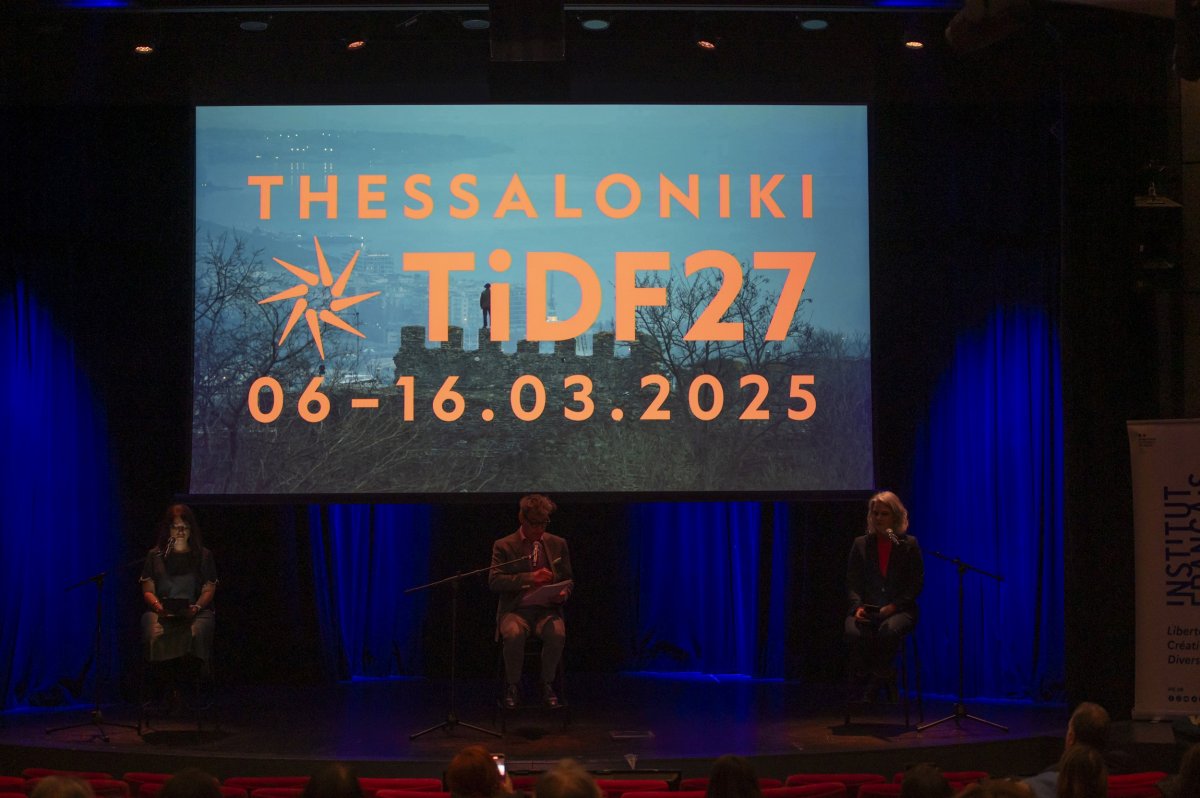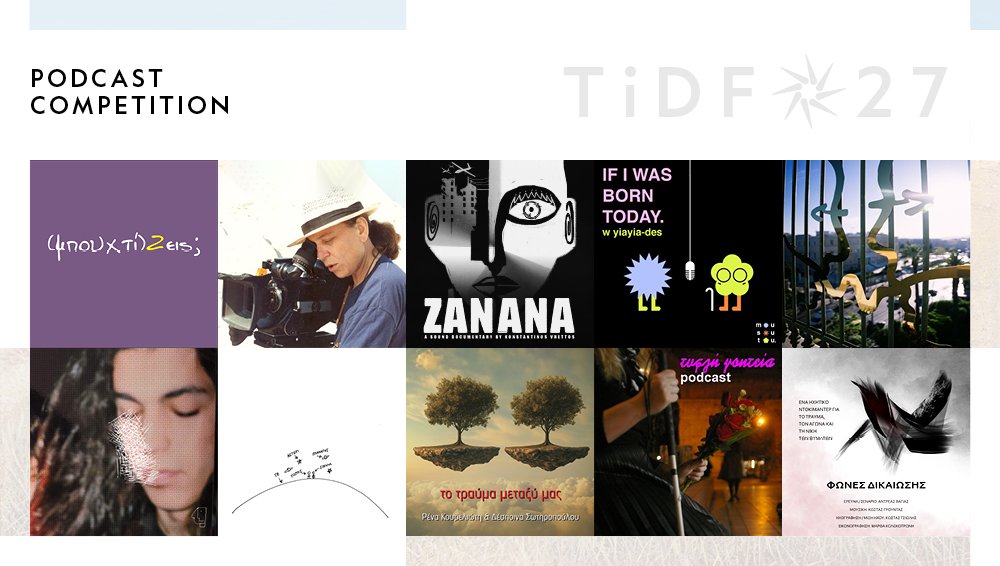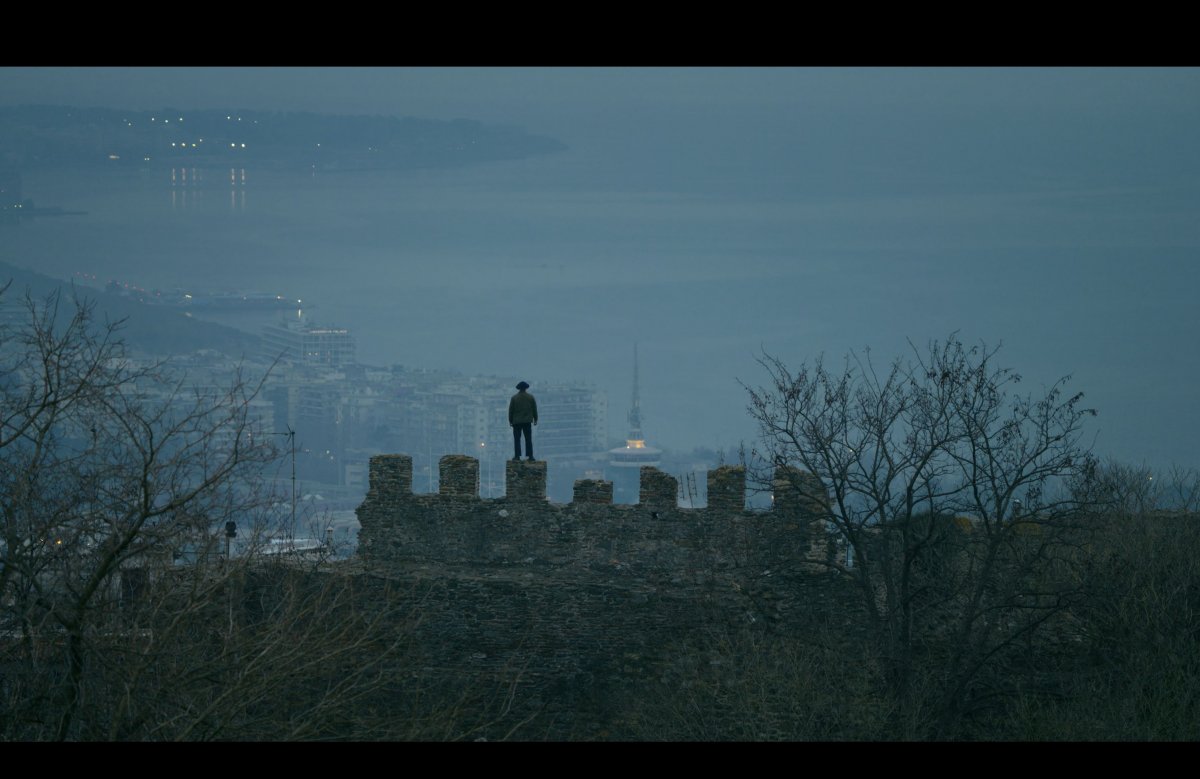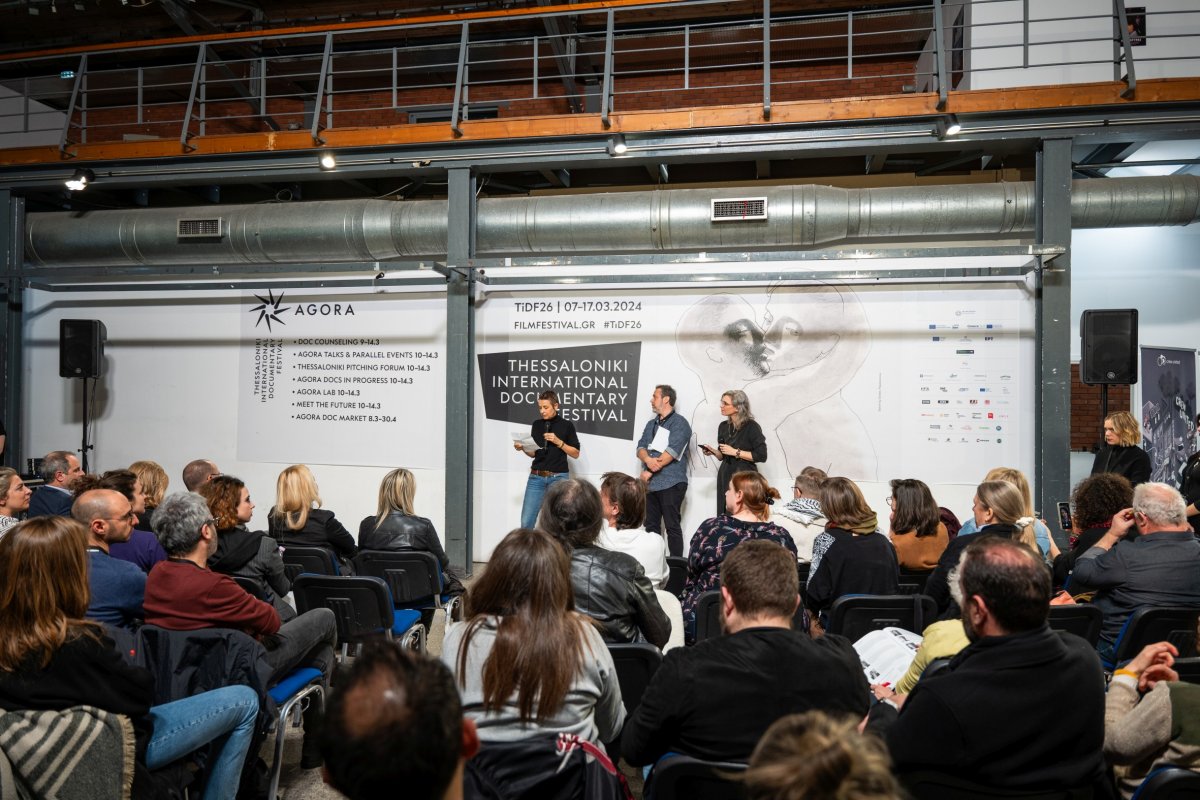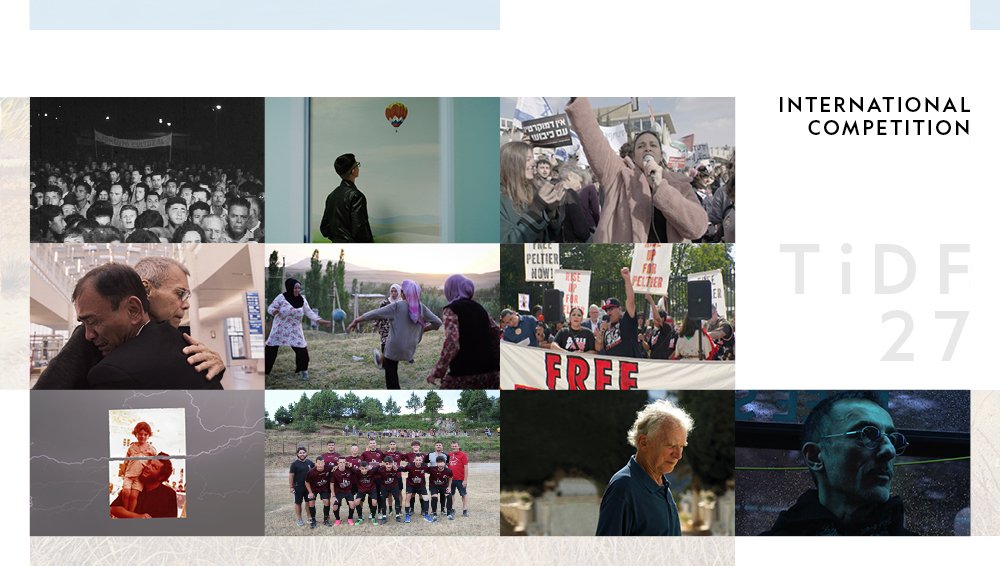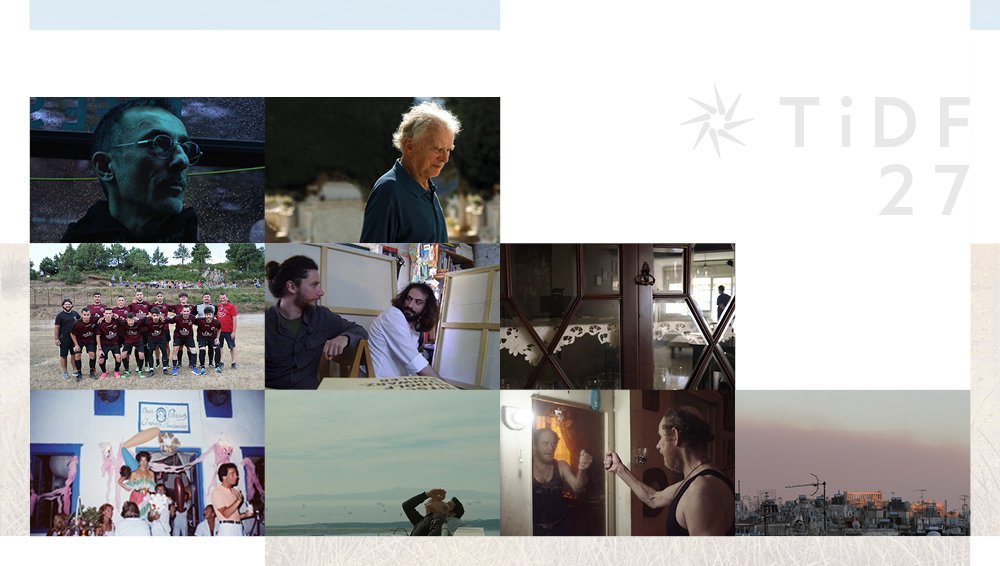PRESS CONFERENCE
A BARREL FULL OF DREAMS - OIL ROCKS- CITY ABOVE THE SEA - KRAFTUR - THE LAST RIDE
A Press Conference was held on Thursday, March 18, 2010 as part of the 12th Thessaloniki Documentary Festival by the directors Pierre-Olivier Francois (A Barrel Full Of Dreams), Marc Wolfensberger (Oil Rocks- City Above The Sea) and Arni Gunnarsson (Kraftur - The Last Ride).
In his film Kraftur - The Last Ride, Arni Gunnarsson describes the special relationship of Icelandic horse rider Toti (Thorarinn Eymundsson) with his horse, Kraftur. Toti is invited to compete in the World Championship for Icelandic horses in Holland, but due to the health regulations in his country he is forced to leave his horse behind in Holland after the games. The pain caused by this event overshadows his joy at winning. “The film explores the conflict between deep friendship and a professional career. Toti trained almost every day for four years with his horse, and when it came time for the games he had to choose”, Arni Gunnarsson said. “In Iceland the laws are strict. If someone decides to export a horse out of the country, it is not allowed to return because of health reasons. If they didn’t do that there would be great losses due to illness. Toti found himself faced with a dilemma and he finally decided to race with Kraftur” the director said.
There is no other narrator in the film aside from the rider and some members of his family, because the filmmakers wanted to emphasize the rider’s emotions. “Toti took part in the games and came out a winner. As soon as he won the prize, the camera shows the celebrations of the audience, but for him, this was the most tragic moment. He stays on his horse and cries. The only thing he can think of is that he can’t take his horse back to Iceland with him”, the director added. The film ends with a love song written by the director, which is about love and separation. “A verse from the song says ‘give me a little more time with you’. The emotion of the rider is pain, and this pain can be compared to losing a loved one”, the director explained.
Oil Rocks- City Above The Sea is about the largest open sea oil rig platform, a huge city in the middle of the Caspian Sea, built by Stalin in 1949. Sixty years later, the so-called Oil Rocks continues to operate. Director Marc Wolfensberger is the first western professional filmmaker who managed to get permission to film activities in the area. “The government considers what is happening there an environmental crime and doesn’t allow access to international or environmental organizations. I promised not to show oil spills but focus on the daily lives of people. That’s how I managed to make the film, combining what I shot with archival material from the Soviet era”, the director said. The documentary discovers an Atlantis-like oil well which is not mythical but real. Wolfensberger’s camera films 300 kilometers of bridges, hundreds of platforms, even nine storey buildings, but it mainly focuses on the daily lives of the thousands of workers who live there. “The heads of Oil Rocks came up with many tricks to attract workers. For instance, they thought of inviting many attractive women workers in order to increase the number of men”, he noted and added: “I’d rather not judge the lives of these people. They have been living in a world of propaganda for 70 years, its not easy for them to change their lives. They were convinced that this place is great and with their good salaries they believe they are living good lives”. Concerning the future of Oil Rocks, according to Wolfensberger no one can know. “The oil rig platform can’t close right now, because if its abandoned the sea will cover it and it will hugely damage the environment. At the same time, the country’s president has some insane ideas about the city’s future: He wants to turn into a tourist resort, but in order for this to happen, all the pylons will have to be removed from the bottom of the sea. It is an extremely expensive proposition”, the director noted.
In A Barrel Full Of Dreams Pierre-Olivier Francois and Pierre Bourgois explore the “good side” of the oil industry. The film looks at the development of Khanty-Mansiysk, a Siberian region over 3,000 kilometers from Moscow which has turned into a financial Eden. The area contains 60% of Russia’s oil and 7% of the world’s oil and thanks to these riches it has turned into a “paradise” for the locals. “Forty years ago Khanty-Mansiysk was a small village with wooden houses. Development came in the ‘60s, when the oil was discovered. Even though it is difficult to be allowed to shoot in Russia, we got permission easily so we could film their pride and joy”, Pierre-Olivier Francois stated. Shooting lasted a year and a half, focused on the lives of the area’s people. “At first they had to give big incentives for someone to go and work at Khanty-Mansiysk. It snows for eight months there, the temperature in the winter dips to -50ο C, and when the ice melts in the summer the area becomes a swamp. So salaries were very big, and from the 6,000 original inhabitants, the population is now 60,000”.
The governor and the people of the area would like to present an image of Khanty-Mansiysk to outside observers as a prototype of a city, but as the filmmakers note, sometimes it is obvious that this image is false. “The people are used to harsh weather conditions, and they don’t complain about the comforts brought by the economic robustness of the area. Everyone is happy with the money. There are very few dissidents, and they just told us they wished there were more Russian elements in their city”. Asked about the economic crisis, the director said that it has affected the area to some extent, making take a small break from its fiestas. However, recovery came quickly.




